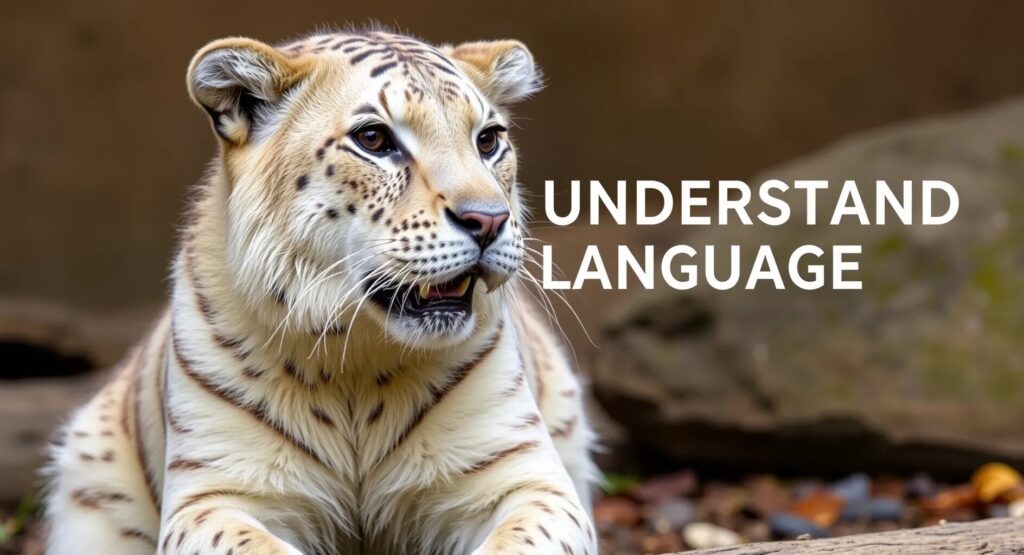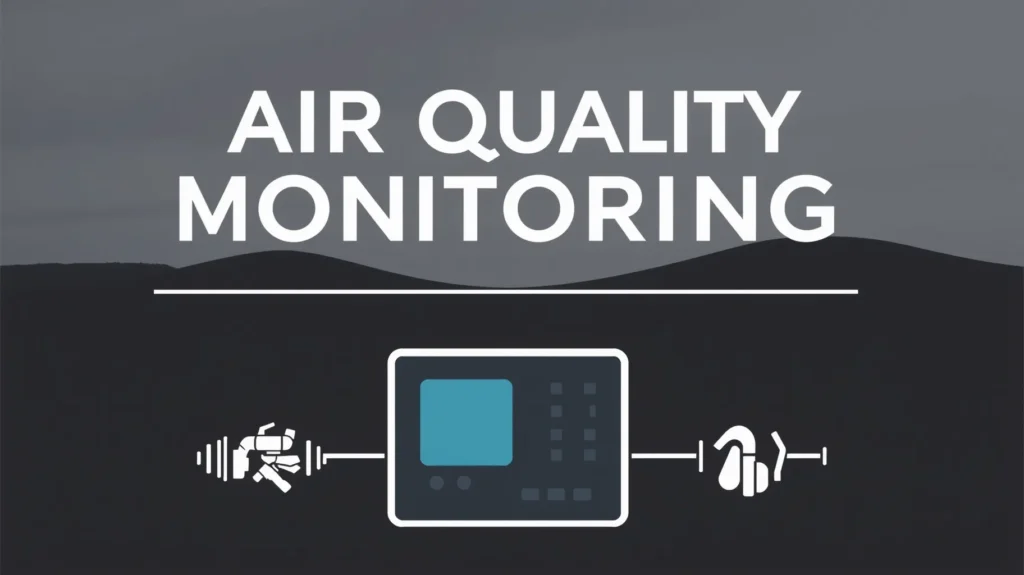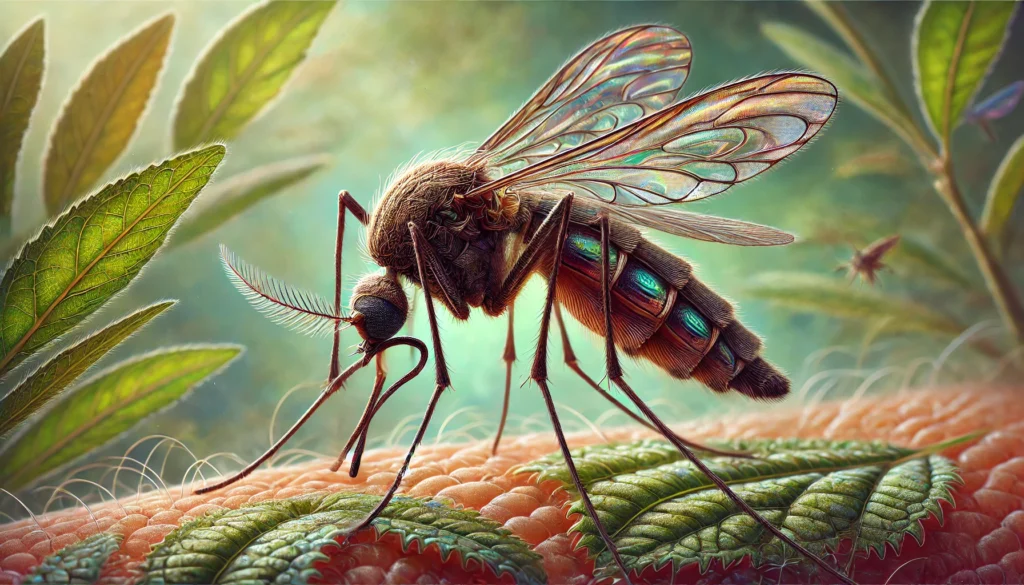
How Close Are We to Fully Understanding Animal Language?
Imagine standing in a dense forest, surrounded by the chatter of birds, the rustling of leaves, and the occasional howl in the distance. Each sound seems deliberate, purposeful, almost as if the animals are having a conversation that we, mere humans, are not privy to. For centuries, we’ve marveled at the complex sounds and signals animals use, wondering if they’re exchanging pleasantries, warnings, or perhaps even names. But how close are we really to cracking the code of animal communication? Can our advanced machine learning models help us decipher the nuances of these “conversations,” or are we just scratching the surface?
The Progress So Far: From “Names” to Meaningful Exchanges
Over the years, scientists have made fascinating discoveries about animal communication. Dolphins, for instance, are known to use unique whistles that function much like names. Each dolphin responds to its own “signature whistle,” suggesting a level of self-awareness and individuality that’s eerily close to human identity. Similarly, birds like parrots have been shown to use specific calls to identify one another. These findings have pushed the boundaries of our understanding, hinting that animals may possess a rudimentary form of language.
But here’s the catch: while these examples show that animals can label themselves or others, they don’t necessarily indicate that animals engage in complex conversations. This is where the limitations of our current technology, especially machine learning models, come into play.
The Limitations of Machine Learning in Understanding Animal Communication
Machine learning has revolutionized many fields, from healthcare to finance, and it’s increasingly being used to study animal communication. By analyzing vast amounts of data, these models can detect patterns and correlations that would take humans years to identify. However, when it comes to deciphering animal language, these tools have significant limitations.
1. Context Matters, and Machines Struggle with It
One of the biggest challenges is that animal communication is highly context-dependent. For instance, a chimpanzee might use a specific grunt when it spots a predator, but the same grunt could have a different meaning during a social interaction. Machine learning models can identify the grunt, but understanding its meaning requires knowing the context in which it was used—something that machines are not yet adept at.
2. Complexity of Non-Verbal Cues
Animals often rely on a combination of vocalizations, body language, and even chemical signals to communicate. A bee’s dance can convey the location of a food source, but the specific movements and their subtle variations are incredibly complex. Current models tend to focus on vocalizations alone, missing out on the rich tapestry of non-verbal cues that are crucial to fully understanding animal communication.
3. Data Limitations
Another major hurdle is the sheer volume and quality of data required. While we have extensive recordings of bird songs or whale calls, the datasets for other species are often limited or biased. This lack of diverse data hampers the ability of machine learning models to generalize their findings across different species or even different individuals within a species.
Are We Just Scratching the Surface?
Given these limitations, it’s fair to say that we are only beginning to scratch the surface of understanding animal communication. The “conversations” we’re detecting might just be the tip of the iceberg. Animals could be using a sophisticated combination of vocal, visual, and chemical signals to convey complex information, much of which remains beyond our grasp.
But this doesn’t mean we should be discouraged. Machine learning is continually evolving, and with advancements in neural networks and context-aware algorithms, we might one day develop models that can better interpret the context and complexity of animal communication. Moreover, as we gather more data and refine our tools, we may start to uncover patterns that were previously invisible to us.
More Than Just Names: The Richness of Animal Communication

The more we study animal communication, the more we realize it’s far more intricate than previously thought. Consider the following:
1. Complex Social Interactions
Primates like chimpanzees and bonobos don’t just grunt or scream—they engage in a variety of vocalizations that correspond to specific social interactions. A soft grunt might signal reassurance, while a louder call could indicate an alert or a need for assistance. These vocalizations are often accompanied by gestures, facial expressions, and physical contact, creating a rich tapestry of communication that conveys complex social dynamics.
2. Environmental Signals
Birds are known for their songs, but these aren’t just random tunes. Birds use specific calls to indicate the presence of predators, the availability of food, or even the boundaries of their territory. The same species might alter its song depending on the environment—urban birds, for example, have been observed to sing at higher pitches to cut through city noise. This adaptability suggests that animals are not only aware of their surroundings but also communicate about them in sophisticated ways.
3. Emotional States
Dogs are famous for their ability to read human emotions, but they also communicate their own feelings through a combination of vocalizations, body language, and even pheromones. A wagging tail or a specific bark can indicate excitement, fear, or aggression. This multi-layered communication helps animals navigate their social worlds, forming bonds, resolving conflicts, and expressing needs.
The Role of Technology in Deciphering Animal Communication
With the advent of machine learning and advanced recording technologies, we are beginning to peel back the layers of animal communication. Acoustic analysis allows researchers to break down sounds into their component parts, revealing patterns and structures that were previously undetectable. Machine learning models can process these vast datasets, identifying correlations and potential meanings.
However, as powerful as these tools are, they come with limitations. Contextual understanding remains a significant challenge. A specific call might have different meanings depending on the situation—something that machines, with their current capabilities, struggle to interpret accurately. Additionally, much of animal communication is non-verbal, relying on body language, scent marking, or even the electrical pulses used by some fish species. These forms of communication are often beyond the reach of current technology, making it difficult to get a complete picture.
Are We Missing the Bigger Picture?
While we’ve made significant strides, it’s likely that we’re only scratching the surface. Animal communication may involve layers of meaning that we haven’t yet discovered. Consider the possibility that animals use combinations of sounds, gestures, and scents to convey complex messages—something akin to human language but on a different sensory plane.
Moreover, animals may communicate in ways that are fundamentally different from our own. Whales, for instance, produce songs that can last for hours and be heard across vast distances. These songs might not just be about mating or marking territory; they could convey information about migrations, environmental changes, or even social bonds. Similarly, the intricate dances of bees communicate the location of food sources, but who’s to say there aren’t additional layers of information that we haven’t yet decoded?
The Future: Beyond Machines, Towards a Deeper Understanding
So, where do we go from here? To truly understand animal language, we may need to think beyond machines. While AI and machine learning will undoubtedly play a crucial role, combining these tools with ethology—the study of animal behavior in natural conditions—could provide the holistic approach needed to unlock the secrets of animal communication.
Collaborative efforts between biologists, computer scientists, and linguists might pave the way for breakthroughs that we can’t even imagine today. Who knows? Maybe one day, we’ll be able to not only understand but also engage in conversations with the creatures that share our planet.
Until then, every chirp, bark, and howl remains a reminder of the rich, complex lives of animals—lives filled with conversations that we are just beginning to overhear.
Resources
Below are some resources that you can explore to deepen your understanding of animal communication, the role of technology in deciphering it, and the broader field of ethology.
Books
- “The Secret Life of Whales” by Micheline Jenner
- Explores the complex communication methods of whales, including their songs and social interactions.
- “The Genius of Birds” by Jennifer Ackerman
- Delves into the intelligence of birds, including their communication and problem-solving abilities.
- “Beyond Words: What Animals Think and Feel” by Carl Safina
- This book offers insights into the emotional lives and communication of various animals, including elephants, wolves, and whales.
- “Are We Smart Enough to Know How Smart Animals Are?” by Frans de Waal
- An exploration of animal intelligence and how it challenges human assumptions about cognition and communication.
Research Papers and Articles
- “Vocal Communication in Animals” by Peter Marler
- A seminal paper that discusses the structure and function of vocal communication in various species.
- “The Social Use of Vocal Signals in Primates” by Klaus Zuberbühler
- This paper examines how primates use vocalizations to manage their social interactions.
- “Birdsong Learning in Nature” by Donald E. Kroodsma
- An in-depth look at how birds learn and use songs, with a focus on the environmental factors that shape communication.
- “Machine Learning for Wildlife Acoustic Monitoring” by Dan Stowell and Mark D. Plumbley
- A technical paper that explores how machine learning is applied to study wildlife communication, particularly through acoustic monitoring.
Websites and Online Courses
- Cornell Lab of Ornithology – Bird Academy
- Bird Academy offers online courses and resources for learning about bird communication and behavior.
- Coursera – Animal Behaviour and Welfare
- Animal Behaviour and Welfare offers an online course by the University of Edinburgh, covering a broad range of topics in animal behavior and communication.
- Bioacoustics Research Program – Cornell University
- BRP Cornell focuses on the study of animal communication, particularly in birds and marine mammals, using advanced acoustic technologies.
- Nature Journal – Animal Communication
- Nature.com provides access to a range of articles and papers on animal communication across different species.
Documentaries and Videos
- “Nature: Animal Reunions”
- A documentary that explores how animals remember and communicate with each other over long periods, with examples from elephants, primates, and more.
- “The Secret Language of Birds”
- A BBC documentary that delves into how birds communicate through song, body language, and other means.
- “Spy in the Wild” by BBC Earth
- This series uses hidden cameras to capture the intimate social lives of animals, offering insights into their communication and interactions.





